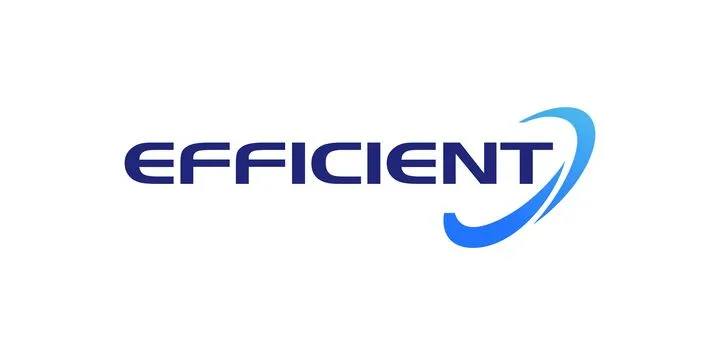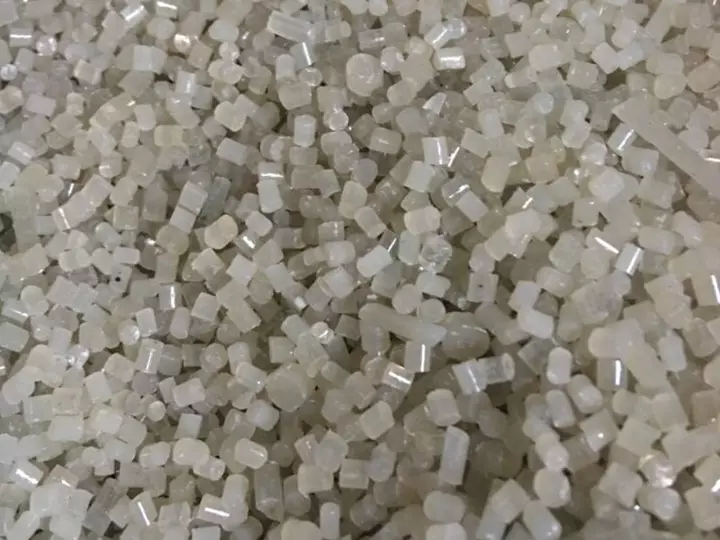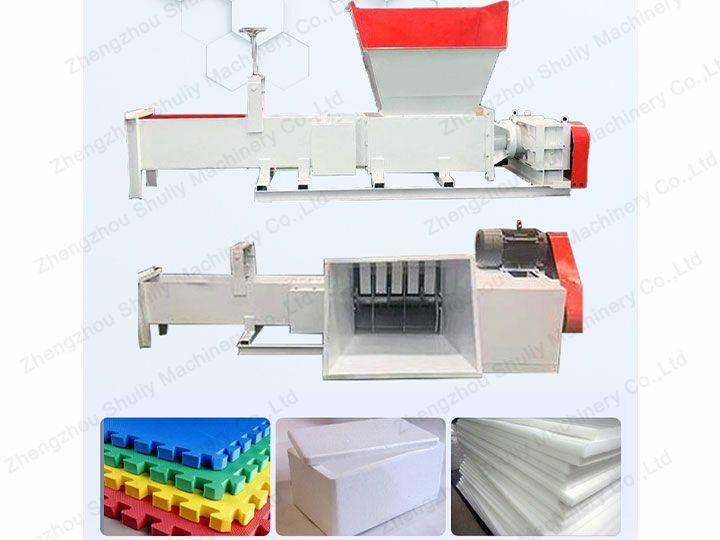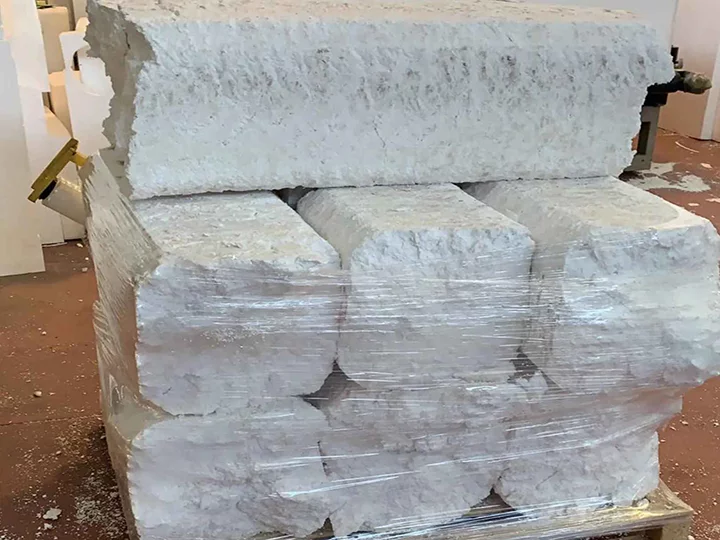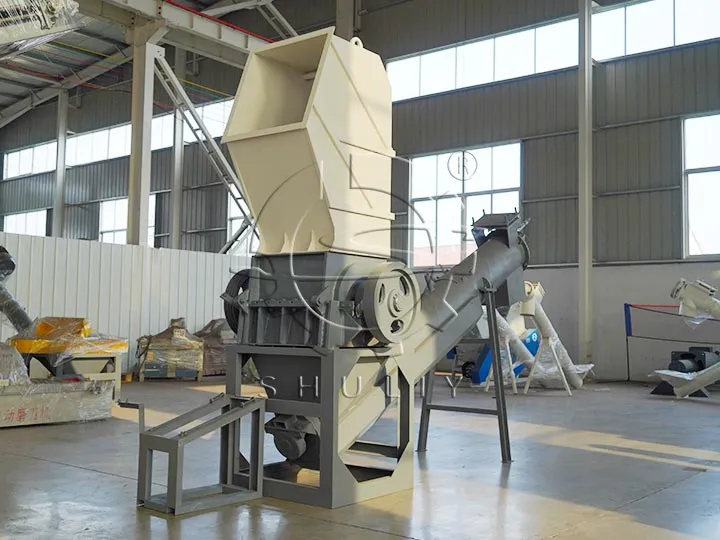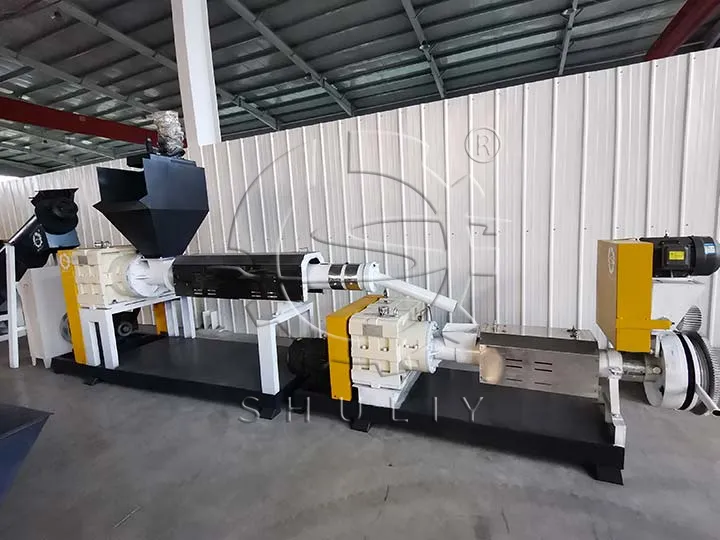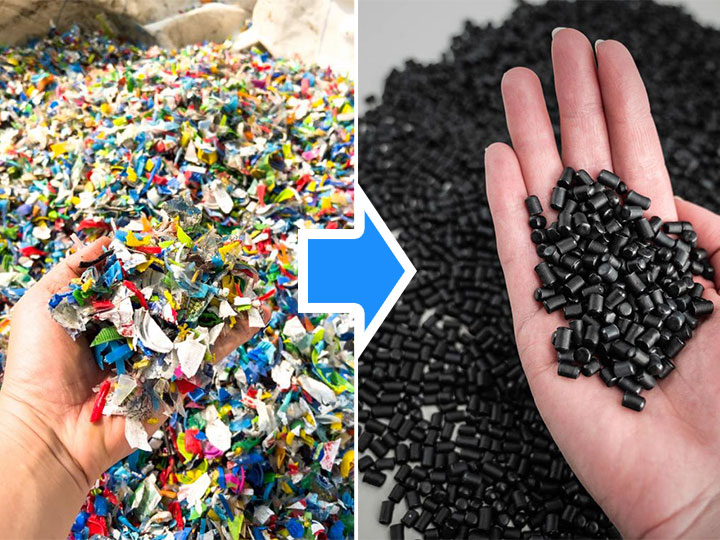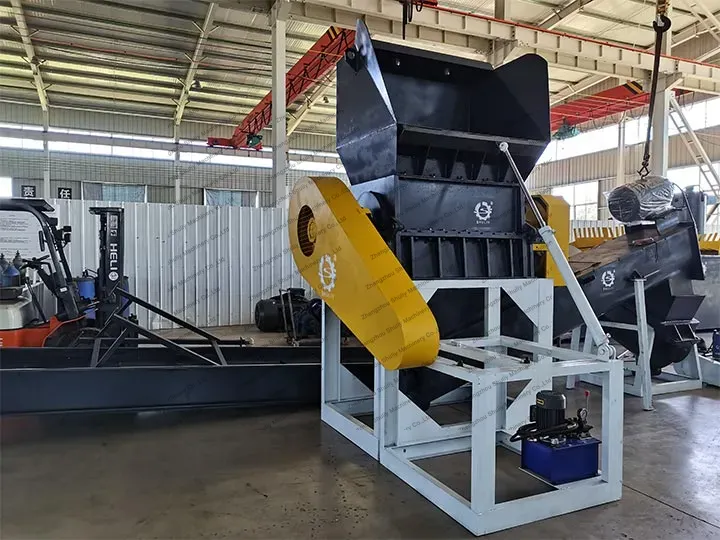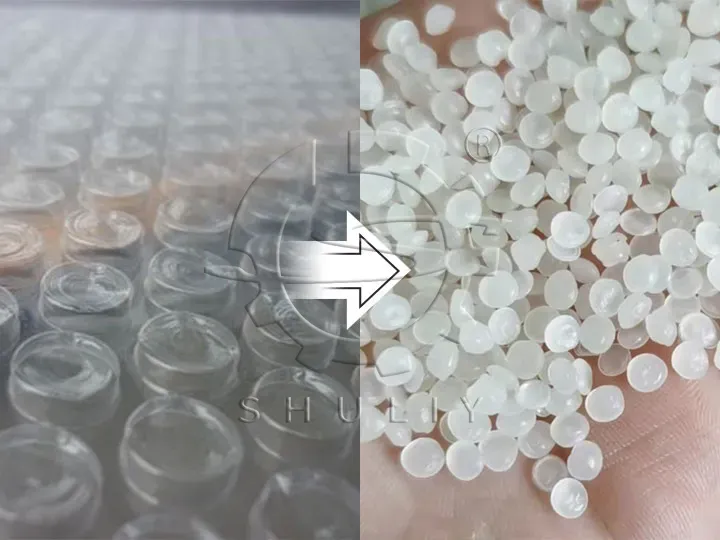Was sind recycelbare Kunststoffe?
PETE
Pete (or PET) is the abbreviation of polyethylene terephthalate. it’s also common recyclable plastic. Most soda bottles, water bottles, and other types of food packaging use PET as raw material. Its transparency makes it a substitute for glass. Because of its lightweight and durability, pet plastic is very popular.
Pet is very easy to recycle and is usually reused in the production of bottles or polyester fibers. In Europe, the recovery rate of PET bottles is 52%. Pet is currently the plastic with the highest recovery rate in the world. Many countries use plastic bottle recycling lines to recycle waste PET bottles.
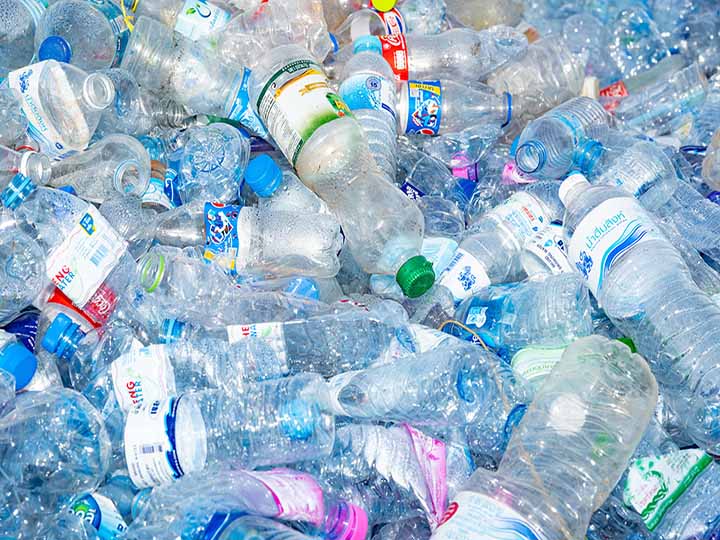
HDPE
HDPE is the abbreviation of high-density polyethylene. This kind of plastic is most commonly used in packagings, such as milk bottles, washing powder, hair care products, and cleaning products. It is harder than many other plastics and is more resistant to physical and chemical damage. Therefore, it can withstand extreme temperatures. High-density polyethylene has a lightweight, high strength, and strong moisture-proof function. Therefore, HDPE helps ensure that these products arrive at their destinations in good shape.
HDPE is 100% recyclable. It can realize the whole recycling process through the plastic granulation recycling line. The main processes are crushing, melting, and granulation.
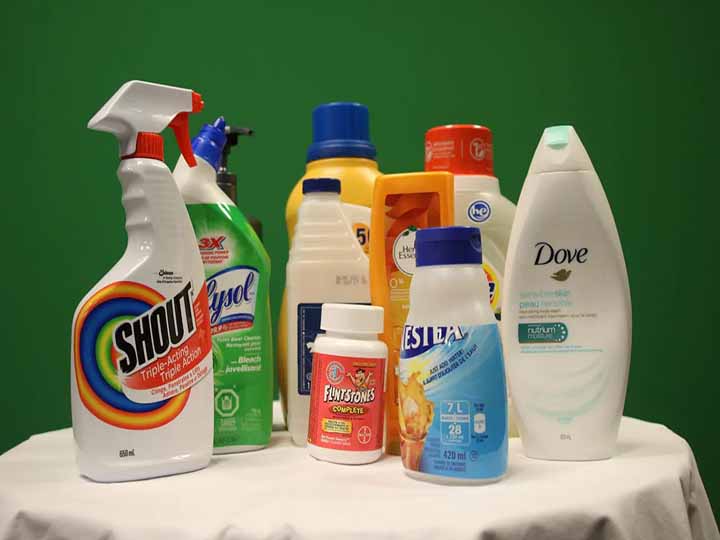
PVC
Der Code für PVC ist PVC oder einfach v. PVC ist starrer, fester und vielfältiger recycelbarer Kunststoff. Aufgrund der Festigkeit und Haltbarkeit von PVC. Dürfen Baumaterialien wie Rohre, Armaturen, Wandpaneele und Schläuche dieses Material verwenden. Dies gilt auch für Flaschen mit Reinigungs- und Körperpflegeprodukten. Darüber hinaus verwenden viele Menschen PVC in medizinischen Geräten, Lebensmittelverpackungen und elektrischen Leitungen.
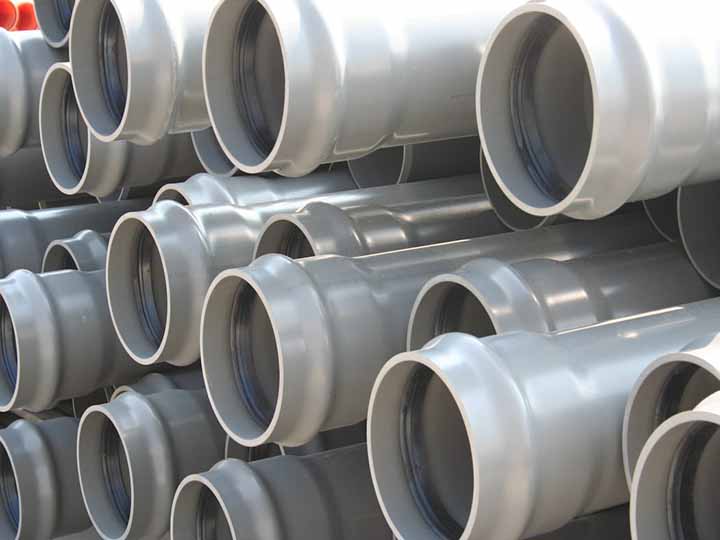
LDPE/LLDPE
LDPE ist ein dünnerer und elastischer recycelbarer Kunststoff. Es wird normalerweise zum Verpacken verwendet, einschließlich Luftpolsterfolie. Lebensmittel- und Arzneimittelverabreichung bei Kontakt mit Lebensmitteln. Dünnschicht-LDPE wird jedoch häufig von Recyclingprogrammen am Straßenrand ausgeschlossen, kann aber normalerweise in Lebensmittelgeschäften recycelt werden. Hartes Polyethylen niedriger Dichte finden wir in Flaschen, Deckeln, Behältern, Deckeln und anderen Dingen. Möglicherweise verwenden Anbieter LDPE, um Produkte während des Transports vor Chemikalien und Feuchtigkeit zu schützen, ohne viel zusätzliches Gewicht hinzuzufügen.
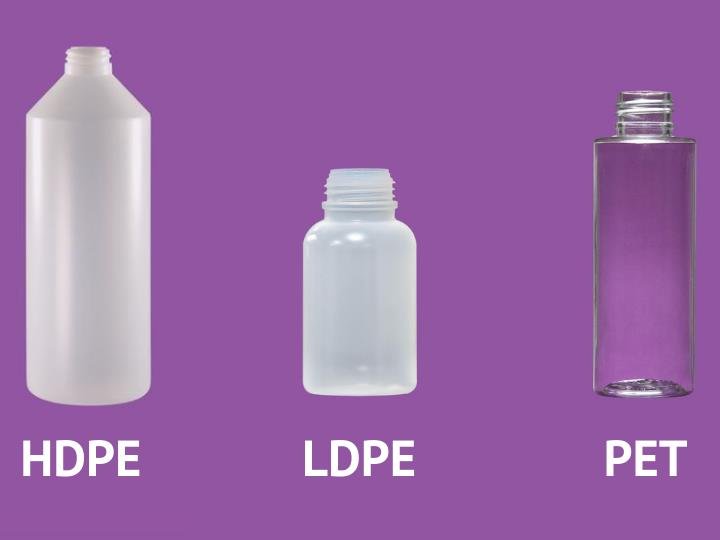
PP
Most clothes, ropes, pots, and bottles use Polypropylene (PP) as raw material. Its rigidity, high melting point, and resistance to many chemical solvents make it widely used in consumer products. In addition to its rigidity and heat resistance, PP can also prevent the spread of moisture. These factors make PP an ideal material for food packing.

ABS
Acrylnitril-Butadien-Styrol ist ein robuster, harter und glänzender recycelbarer Kunststoff. Wir können es in Elektronikgeräten, Autos, Flugzeugen, Helmen, Golfschlägern und Koffern sehen. Gleichzeitig ist es auch der Kunststoff, der in Lego-Bausteinen verwendet wird. ABS ist recycelbar. Durch Recycling, Schmelzen und Umformen. Wir können ABS viele Male wiederverwenden.
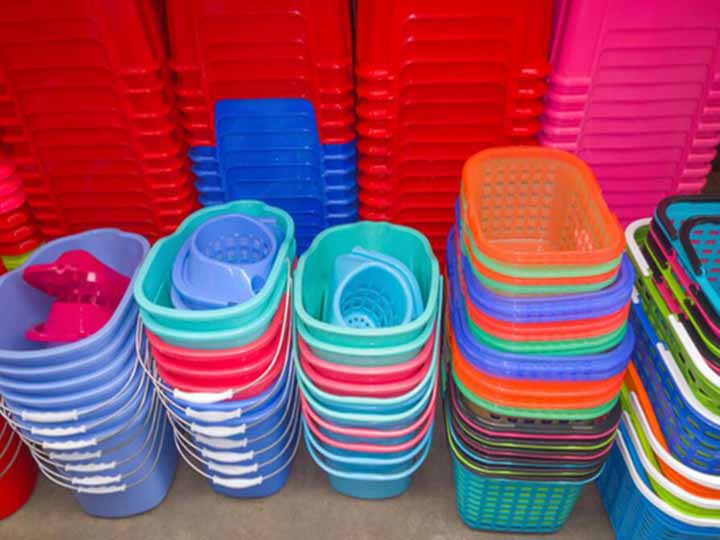
Darüber hinaus zählen auch Kunststoffe wie PS, PA und TPE zu den recycelbaren Kunststoffen.
